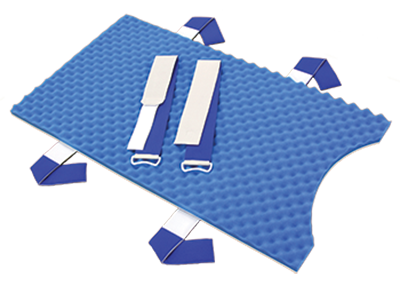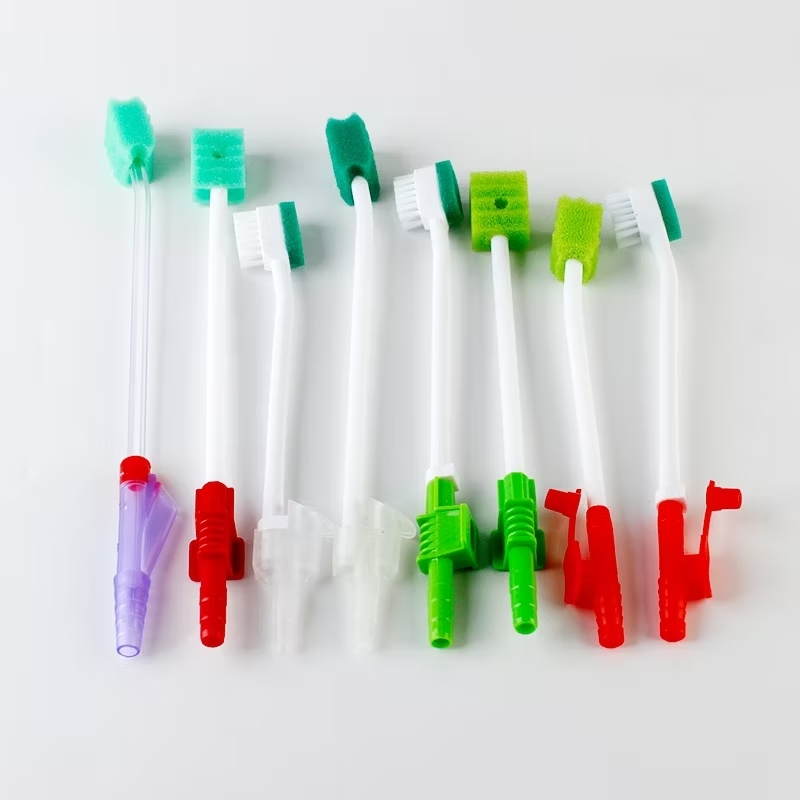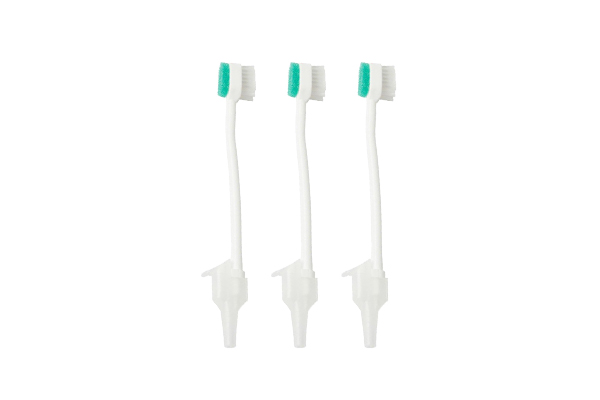Medical sponge sticks are critical tools in healthcare, widely used for cleaning wounds, applying antiseptics, or oral hygiene procedures. One of the most crucial components of these tools is the sponge head, and its density plays a significant role in determining its performance, usability, and effectiveness in medical applications. This article delves into the importance of medical sponge density, the factors influencing it, and how different densities impact various medical scenarios.
Grasping Sponge Density
The density of the sponge is defined as its mass per unit volume, usually expressed in kilograms per cubic meter (kg/m³). It is a fundamental characteristic that affects the sponge’s absorption capacity, durability, softness, and compatibility with specific medical applications.
Key Characteristics of Sponge Density:
- Absorption Rate: High-density sponges may have a slower absorption rate but can hold more liquid, while low-density sponges absorb fluids quickly but hold less volume.
- Firmness: Higher density translates to a firmer sponge head, suitable for tasks requiring precision and pressure.
- Porosity: The density influences the size and number of pores in the sponge, impacting its ability to trap and release liquids.
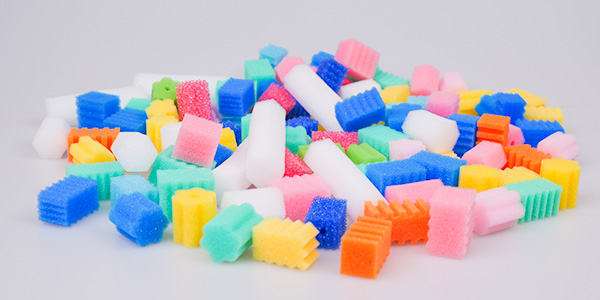
Factors Influencing Sponge Density
Several factors contribute to the density of the sponge head in medical sponge sticks, including:
Material Composition:
- Polyurethane Foam: Common in medical sponges due to its flexibility and customizable density.
- Cellulose: Offers a natural, eco-friendly option but with a limited density range.
- Silicone-Based Sponges: Used for specialized medical applications, often exhibiting high density and durability.
Manufacturing Processes:
- The method of production, such as open-cell or closed-cell foam techniques, directly affects sponge density.
- Additives and fillers can increase density while altering other properties like softness and elasticity.
Intended Medical Application:
- Sponges used for gentle wound cleaning typically have lower density to ensure softness.
- Higher-density sponges are preferred for surgical applications requiring precision and control.
Sterilization Requirements:
- Density can be modified to endure sterilization methods such as autoclaving or gamma radiation without deterioration.
- Here is the article on the medical sponge density of sponge heads in medical sponge sticks:
Importance of Sponge Density in Medical Applications
The density of the sponge head directly impacts its suitability for different medical applications. Below are some key considerations:
Absorption Capacity:
- Low-density sponges absorb liquids faster, making them ideal for quick-cleaning tasks such as wiping away blood or exudate.
- High-density sponges can retain larger volumes of liquid, which is beneficial for applying antiseptics or soaking up fluids during surgical procedures.
Patient Comfort:
- Softer, low-density sponges are more comfortable for delicate applications like oral hygiene or cleaning sensitive skin.
- Higher-density sponges may feel firmer and less forgiving, making them better suited for tasks requiring controlled pressure.
Durability:
- High-density sponges are more durable and resist tearing during rigorous use, ensuring reliability in critical procedures.
- Low-density sponges may degrade faster under pressure but are sufficient for single-use applications.
Compatibility with Medical Solutions:
- The density affects how sponges interact with different solutions, such as saline, iodine, or alcohol-based antiseptics. Higher-density sponges are less likely to disintegrate in contact with harsh chemicals.
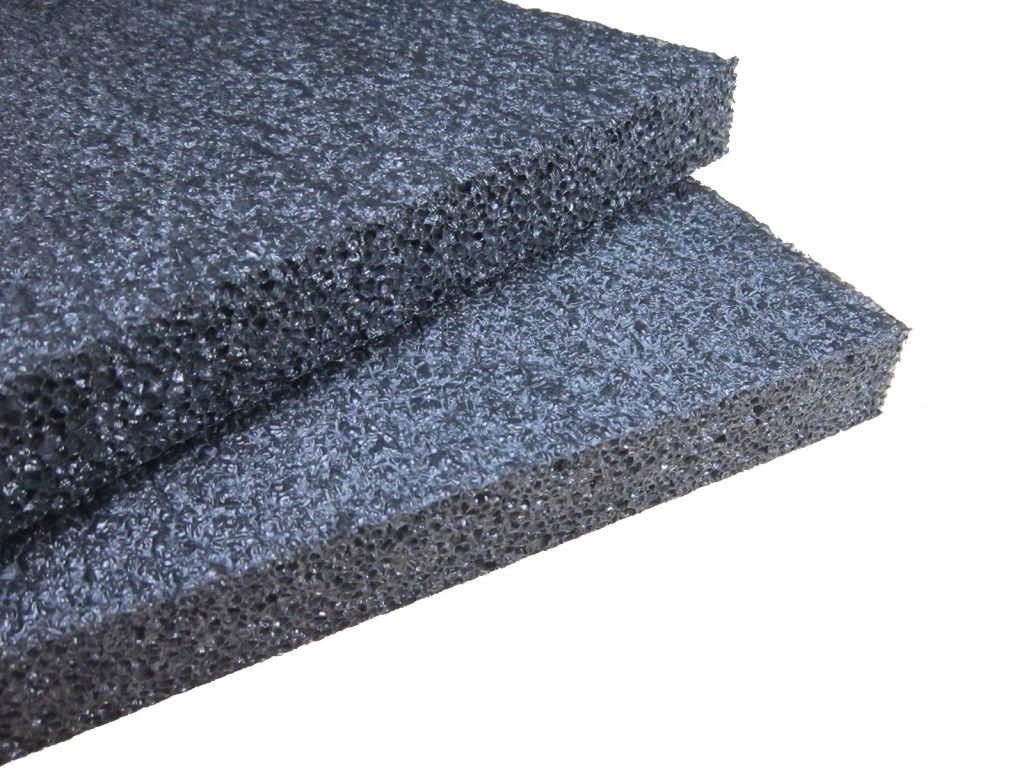
Low-Density vs. High-Density Medical Sponges
| Aspect | Low-Density Sponges | High-Density Sponges |
| Absorption Speed | Fast but limited liquid retention | Slower but retains more liquid |
| Softness | Softer and more flexible | Firmer and less compressible |
| Durability | Prone to tearing under heavy use | Resilient and long-lasting |
| Best Use Cases | Oral care, gentle cleaning | Surgical procedures, precise cleaning |
| Cost | Generally more affordable | Higher due to enhanced performance |
Applications of Sponge Density in Different Medical Fields
Wound Care:
- Low-Density Sponges: These are perfect for cleaning shallow wounds or applying medication gently without causing discomfort.
- High-Density Sponges: Useful for soaking up blood during surgical procedures or debriding more extensive wounds where durability is essential.
Oral Hygiene:
Low-density sponge heads are commonly used for oral care in bedridden patients or individuals with limited mobility. They provide a soft, non-abrasive surface for cleaning teeth and gums.
Surgical Procedures:
Surgical sponge sticks require high-density sponge heads to ensure precision, control, and maximum absorption of fluids during operations.
Diagnostic Procedures:
Sponges with medium to high density are used for sampling or swabbing to ensure sufficient absorption without compromising sample integrity.
Innovations in Sponge Density Technology
The medical industry continues to innovate sponge density to meet evolving healthcare needs. Recent advancements include:
Variable-Density Sponges:
Sponges with layers of varying densities offer a combination of softness and durability, providing versatility for complex tasks.
Advanced Materials:
Innovations in bio-based materials and biodegradable polymers enable the creation of sponges with customized density while addressing environmental concerns.
Smart Sponges:
Incorporating sensors into sponges allows for real-time monitoring of fluid absorption, providing critical data during procedures.
Density-Adjusted Coatings:
Coatings tailored to the sponge’s density improve its compatibility with specific medical solutions or enhance its antimicrobial properties.
| Sponge Type | Density (kg/m³) | Application |
| Polyurethane Foam | 20-60 | General wound care, oral hygiene |
| Silicone-Based Sponge | 80-120 | Surgical tools, precision cleaning |
| Cellulose Sponge | 30-50 | Gentle cleaning, eco-friendly applications |
| Hybrid-Density Sponge | 50-100 | Multi-use procedures requiring durability |
Choosing the Right Sponge Density
When choosing medical sponge sticks, healthcare providers should take the following factors into account:
Target Use:
Assess whether the sponge is needed for gentle cleaning, absorption, or surgical precision.
Patient Needs:
Evaluate the comfort level required, especially for sensitive applications like oral care.
Environmental Considerations:
Opt for biodegradable or eco-friendly materials when possible.
Cost–Effectiveness:
Balance performance with budget constraints, choosing density levels that align with the procedure’s criticality.
Conclusion
The density of the sponge head in medical sponge sticks is a pivotal factor influencing their effectiveness, comfort, and suitability for various medical applications. Understanding the nuances of sponge density helps healthcare providers select the right tools for optimal patient care. From low-density sponges for gentle tasks to high-density variants for precision and durability, the range of options ensures that every medical need is met with precision and care. As innovations in material science advance, the possibilities for tailoring sponge density to specific medical applications continue to expand, promising a future of even greater efficiency and patient satisfaction.


